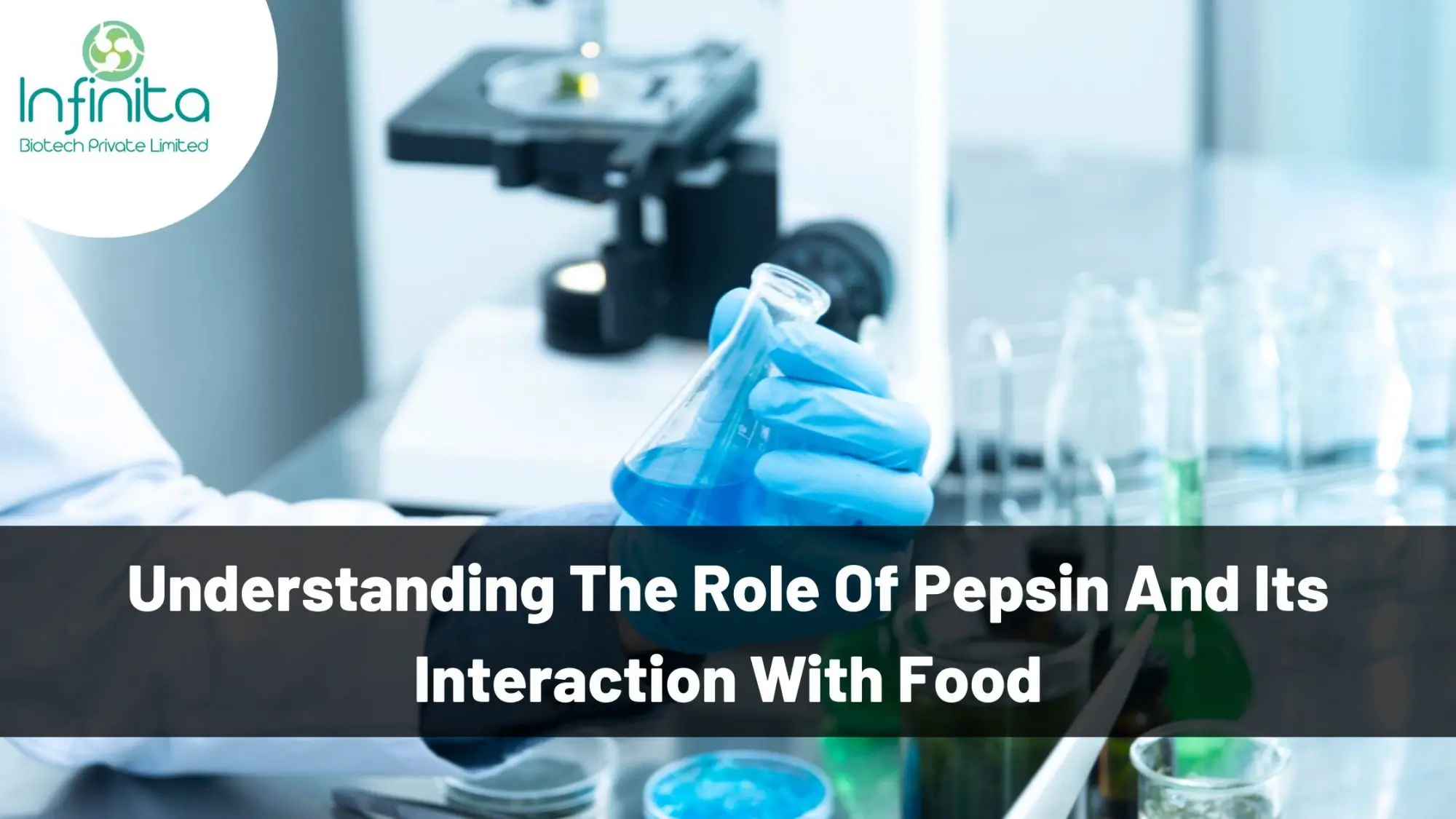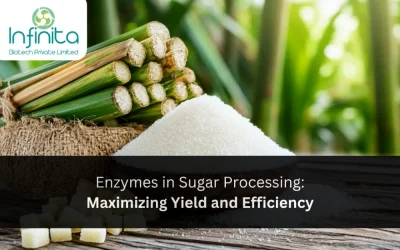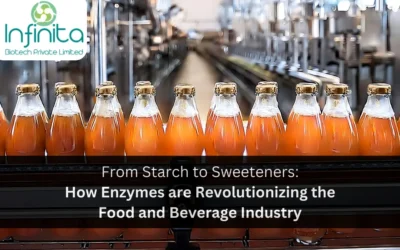Pepsin is a crucial enzyme that plays a vital role in the digestive system. It’s responsible for breaking down proteins in food into smaller, more manageable pieces. This process helps the body to absorb essential nutrients from the food we eat. In this article, we’ll explore the anatomy of pepsin, its interaction with food, and its role in digestive health.
The Anatomy of Pepsin
Pepsin is a type of protease enzyme, which means it breaks down proteins. It’s produced in the stomach and is an essential component of gastric juice. The structure of pepsin comprises two chains of amino acids that are folded together. This structure allows pepsin to interact with proteins in food and break them down into smaller pieces.
Pepsin and the Stomach
Pepsin plays a crucial role in the digestive process. When food enters the stomach, it stimulates the production of gastric juice, which contains pepsin. The pepsin then begins to break down the proteins in the food into smaller pieces. This process helps to make the proteins easier to digest, and it also helps to neutralize the acid in the stomach.
Pepsin and Food
Pepsin interacts with the proteins in food to break them down into smaller pieces. This process is essential for the body to absorb essential nutrients from the food we eat. When food enters the stomach, pepsin begins to break down the proteins into smaller pieces, further broken down by other digestive enzymes. This process continues until the proteins are broken down into individual amino acids, which can then be absorbed by the body.
Pepsin and Digestive Disorders
Pepsin imbalances can lead to digestive disorders, such as gastroesophageal reflux disease (GERD) and peptic ulcers. GERD is a condition in which the acid in the stomach backs up into the esophagus, causing heartburn and other symptoms. Pepsin imbalances can also contribute to the formation of peptic ulcers, which are sores that form in the lining of the stomach.
Pepsin and Drug Interactions
Pepsin can interact with certain drugs, such as antacids and proton pump inhibitors. Antacids neutralize the acid in the stomach, which can reduce the effectiveness of pepsin. Proton pump inhibitors are drugs that reduce the production of acid in the stomach, and they can also have an impact on pepsin. It’s important to talk to your doctor about any potential drug interactions if you take medications for digestive disorders.
Pepsin and Nutritional Considerations
Pepsin plays a crucial role in protein digestion, and the body needs to absorb essential nutrients from the food we eat. Pepsin helps to break down the proteins in food into smaller pieces, which makes them easier to absorb. The body then uses these smaller pieces to build and repair tissues and to produce hormones and enzymes.
Pepsin and Alternative Therapies
There are alternative therapies, such as herbal remedies and probiotics, that may help to support digestive health and pepsin function. Herbal remedies, such as ginger and peppermint, have been used for centuries to help soothe digestive issues. Probiotics, which are beneficial bacteria, can also help to support digestive health by improving the balance of bacteria in the gut.
Conclusion
Pepsin is a crucial enzyme that plays a vital role in the digestive system. It’s responsible for breaking down proteins in food into smaller, more manageable pieces, which helps the body to absorb essential nutrients. Pepsin imbalances can lead to digestive disorders, such as GERD and peptic ulcers, but alternative therapies and dietary changes can help to support digestive health and pepsin function.







